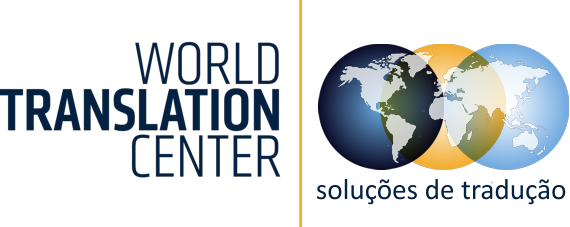A WORLD TRANSLATION CENTER É LÍDER EM SERVIÇOS DE TRADUÇÃO E GRAVAÇÃO DE ÁUDIO COM PROFISSIONAIS LOCALIZADOS NO MUNDO INTEIRO.
Articles and Stories
Help On the Way for Hawaiian Language Immersion Programs

By Amanda Scott
Good news for Hawaiian language immersion schools. Last month, senators from Hawaii, North Dakota, Montana, and New Mexico introduced The Native American Language Immersion Student Achievement Act. The Act would create $25 million in grants to support language immersion programs, specifically Native American ones, like the endangered Olelo Hawaii, a Polynesian language.
The grant program would provide $5 million per year for five years. It could be awarded to Native American tribes or tribal organizations, as well as schools, from preschools to colleges, wanting to expand or establish immersion programs.
There are currently 34 Hawaiian public charter schools in the state. At one school, Kawaikini, located on Kauai, students in grades kindergarten through fourth grade receive their instruction completely in Hawaiian. Students in fifth and sixth grades have studies taught in Olelo Hawaii for one hour a day and older students receive about 75 percent of their education in Hawaiian.
Teachers and school administrators are welcoming of the support. It can be hard to find funding for language immersion programs. Preserving the language through teaching younger generations is so important, not only for saving a fading language, but also to teach culture and traditions. Language holds so much of a place’s history.
Back in 1896, teaching of the Hawaiian language was banned in public schools. The ban was lifted in 1987, however many families had already stopped sharing the language with their children, which prevented younger generations from learning the language from their parents.
The number of Hawaiian language speakers dwindled to around 24,000 people, according to the 2010 U.S. Census. Hopefully, with the introduction of the grants, many Native American languages will be preserved and will continue to be taught for many generations to come.







